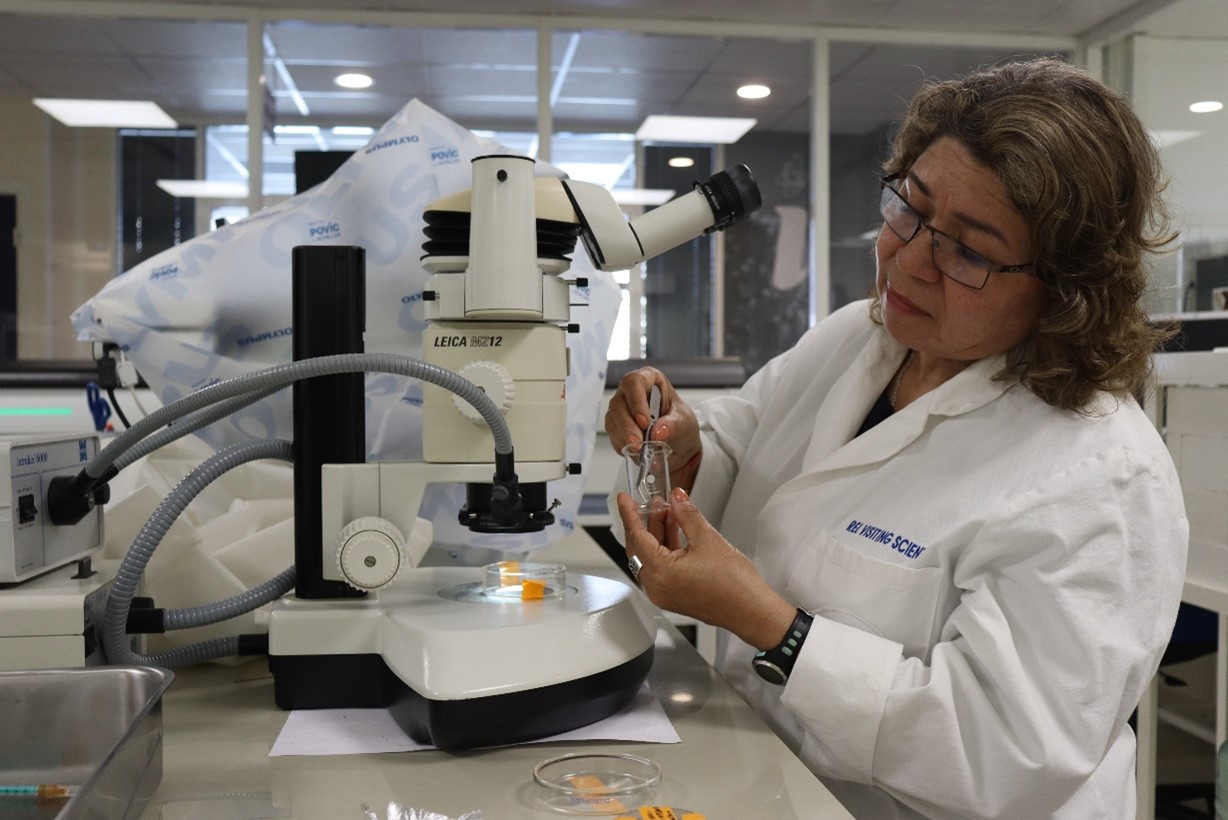To address the growing threat of marine microplastic pollution in the Galapagos Islands, the IAEA’s Nuclear Technology for Controlling Plastic Pollution (NUTEC Plastics) initiative has partnered with Ecuador’s Oceanographic Institute of the Navy (INOCAR) and Polytechnic School of the Coast (ESPOL) to build microplastic monitoring and analytical capacity.
Renowned for their incredible range of subspecies and unique evolutionary adaptations, the Galapagos Islands are sometimes referred to as a ‘living laboratory of evolution’ because of their isolated position in the Pacific Ocean some 1000 kilometres west of mainland Ecuador.
“To preserve the archipelago’s rich biodiversity, the Galapagos National Park has implemented fiercely protective environmental policies to maintain the integrity of the unique flora and fauna that flourish on the islands,” said Maria Jose Marin Jarrin of ESPOL. “These policies limit the number of people who can visit the islands and restrict entry to certain areas and beaches. There are some parts of the islands where even environmental scientists are not permitted to go, to prevent any adverse impacts on the ecosystem’s delicate balance.”


